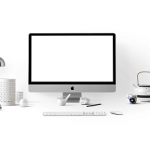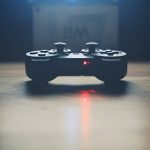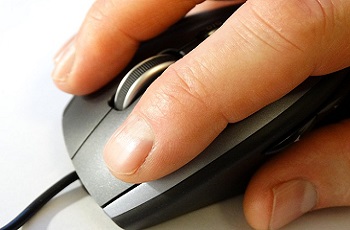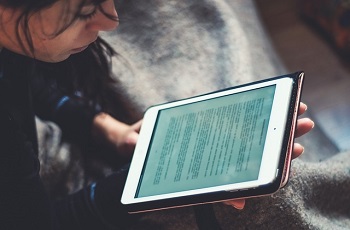7 Tips to Defeat Technology Addiction

The current generation has an unending dependency on all things technology. Every waking moment is spend either checking email, Facebook feeds, or what’s going on the football arena. One study found we check our Smartphones up to 25 times in a single day!
The checking never seems to stop, and any time the phone or computer is out of your sight, it looks like something is terribly missing from your life.
This dependency syndrome seems only to get worse each day. Although you might not want to think of it as an addiction, the truth is that something which consumes your whole waking life, and which dictates you, is in factual sense a deep addiction.
The good news is that you can beat this habit, and here is how.
1. Keep Yourself Busy and Occupied
What you may not have realized is that any moment when you are just seated or lying about, the next thing you are ever doing is check out your Facebook or Instagram. The trick is by not allowing any idle moments in your life at any given chance. You can try to occupy your free time with different activities such as going for a walk without your device or try to read your favorite book; or even engaging in some physical exercise. This allows you to temporarily forget about your device; by so doing you will gradually begin to lose the habit.
2. Use Fire to Extinguish Fire
It simply means that you can use the same technology to beat technology. The market is now flooded with a number of superior apps which can help minimize use of your devices. For example, some of them come with settings to remind and warn you if you are overindulging in your phone usage. Such reminders will drive the guilt, and make you put your phone down for a moment. Also check out this app detox app.
3. Shut down Your Device before Bed
Your device has a strange way of interfering with quality sleep, and hence your overall health. It is said that the blue wavelength light which your phone emits can interfere with melatonin, which is responsible for sending us to sleep. Well, the best way is for you to strictly shut off all your devices at least an hour before you go to sleep. You can also leave your device in a separate room so that you do not wake up at an ungodly hour to browse.
4. Be Gradual In Disengaging
While most people would love to stop as soon as possible, it’s never easy to just wake up and try to disengage from something that has been part of your life every waking moment. But you can succeed by starting with small baby steps. For example, you can begin by shutting down your phone at dinner time. Then you can purposely start leaving your device at home for some few hours; more so if you are going for a walk or running errands that do not necessarily require you to have a phone on you.
5. You Can Turn off All Notifications
Notifications popping up from your smartphone have a way of creating curiosity and the urgency to check your phone. The best way to beat this is to simply turn off all notifications. It allows you to not try to check what’s going in the technology world even if it’s just but for a few moments.
6. Commit Yourself to a Schedule
Writing down a plan to which you can strictly stick to can help beat the habit. For instance, have a schedule throughout the day in which purposely take breaks from your phone. During these times, you can engage in other positive activities like gardening, reading, or simply listening to your favorite music.
7. Your Willpower is never enough
Smart technology is a multi-million dollar industry; it’s designed in such a way as to make people depend on it with very slight beep. Willpower alone cannot help you stop the dependency. Instead, you must employ every other method out there to support in your journey.
Conclusion
Dependency on technology is such an epidemic for so many people in the world right now. The problem with it is that it can affect your overall health and quality of life. Think of issues of obesity as a result of having not active life at all, because you are ever seated and browsing. Think of the usual eye strain with having to gaze at your screen almost 24/7. The final outcomes of addiction to technology are just not good at all, and you definitely need a technology detox. But by employing some of these techniques, you can gradually get out of the habit, and lead a quality life.









